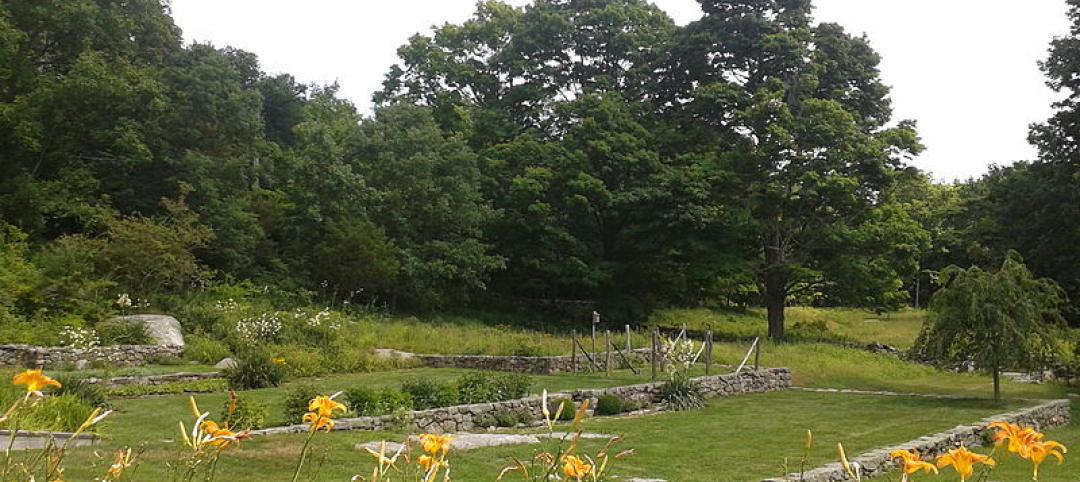A recent story in the Birmingham (Ala.) Business Journal reported that so many local nonprofit organizations are competing for private capital to fund their building projects that there might not be enough money to go around. Among those projects is a new $25 million, 4.1-acre headquarters campus for the Salvation Army. Phase 1 of that construction—which includes a renovation of a former elementary school—is being funded by a campaign that raised more than $15 million, including $1 million pledged by Jim Gorrie, CEO of Brasfield & Gorrie, the GC on this project.
Birmingham is among the metros reaping the benefits of a spurt in nonprofit building. A recent article posted on the website of The NonProfit Times singles out several major capital campaigns to finance new construction of museums, hospitals, theaters, and other venues, at a time when contributions from local, state, and federal governments, while still essential to many organizations’ building strategies, aren’t as certain or steady as they once might have been.
Leading this charge has been The Smithsonian, which in October 2014 launched its first-ever fundraising campaign, with a goal of raising $1.5 billion, the largest ever for any cultural institution. (About $1 billion had been pledged even before the campaign officially got rolling.)
A portion of the $540 million 400,000-sf National Museum of African-American History and Culture, which opened in September, was financed by private donations. Most of the Smithsonian’s exhibits and programs are privately funded. And about 40% of the institution’s salaries and maintenance are defrayed by donors, compared to 30% prior to its initiating the fundraising campaign.
The NonProfitTimes also points to the American Museum of Natural History in New York, which has offset a decline in income from investments by contributions that rose to $160 million in 2015, from $78 million the previous year, mostly from a handful of major donations.
This museum is currently adding to its Rose Center for Earth and Space with a $325 million, six-story, 218,000-sf Richard Gilder Center for Science, Education, and Innovation, scheduled for completion in 2019. The 84-year-old financier and philanthropist Richard Gilder contributed $50 million to this project, the largest single donation in the museum’s history.
New York City kicked in $15 million for this addition. The city is also playing a financing role in other cultural construction projects, such as the 57,500-sf “Ocean Wonders: Sharks!” exhibit in Coney Island. The city made a “major gift” to the Harlem Children’s Zone, which in 2015—the first year of its capital campaign—raised $193 million, versus $78 million in 2014.
The Task Force for Global Health, a nonprofit health organization in Decatur, Ga., is working with DeKalb County to acquire a six-story government building that would triple the square footage of this organization’s existing headquarters. The Task Force will soon launch a $15 million capital campaign to pay for the $12 million purchase and renovating the building.
Related Stories
| Sep 23, 2014
Cloud-shaped skyscraper complex wins Shenzhen Bay Super City design competition
Forget the cubist, clinical, glass and concrete jungle of today's financial districts. Shenzhen's new plan features a complex of cloud-shaped skyscrapers connected to one another with sloping bridges.
| Sep 22, 2014
4 keys to effective post-occupancy evaluations
Perkins+Will's Janice Barnes covers the four steps that designers should take to create POEs that provide design direction and measure design effectiveness.
| Sep 22, 2014
Sound selections: 12 great choices for ceilings and acoustical walls
From metal mesh panels to concealed-suspension ceilings, here's our roundup of the latest acoustical ceiling and wall products.
| Sep 18, 2014
Final designs unveiled for DC's first elevated park
OMA, Höweler + Yoon, NEXT Architects, and Cooper, Robertson & Partners have just released their preliminary design proposals for what will be known as the 11th Street Bridge Park.
| Sep 16, 2014
Competition asks architects, designers to reimagine the future of national parks
National Parks Now asks entrants to propose all types of interventions for parks, including interactive installations, site-specific education and leisure opportunities, outreach and engagement campaigns, and self-led tours.
| Sep 11, 2014
5 competing designs unveiled for Presidio Parklands in San Francisco
To turn the underdeveloped area by Chrissy Field into new public space, San Francisco's Presidio Trust unveiled the five designs by five teams they invited earlier this year.
| Sep 9, 2014
Using Facebook to transform workplace design
As part of our ongoing studies of how building design influences human behavior in today’s social media-driven world, HOK’s workplace strategists had an idea: Leverage the power of social media to collect data about how people feel about their workplaces and the type of spaces they need to succeed.
| Sep 9, 2014
Ranked: Top religious sector AEC firms [2014 Giants 300 Report]
Brasfield & Gorrie, Gensler, and Jacobs top BD+C's rankings of the nation's largest religious sector design and construction firms, as reported in the 2014 Giants 300 Report.
| Sep 7, 2014
Ranked: Top state government sector AEC firms [2014 Giants 300 Report]
PCL Construction, Stantec, and AECOM head BD+C's rankings of the nation's largest state government design and construction firms, as reported in the 2014 Giants 300 Report.
| Sep 3, 2014
Ranked: Top local government sector AEC firms [2014 Giants 300 Report]
STV, HOK, and Turner top BD+C's rankings of the nation's largest local government design and construction firms, as reported in the 2014 Giants 300 Report.
















